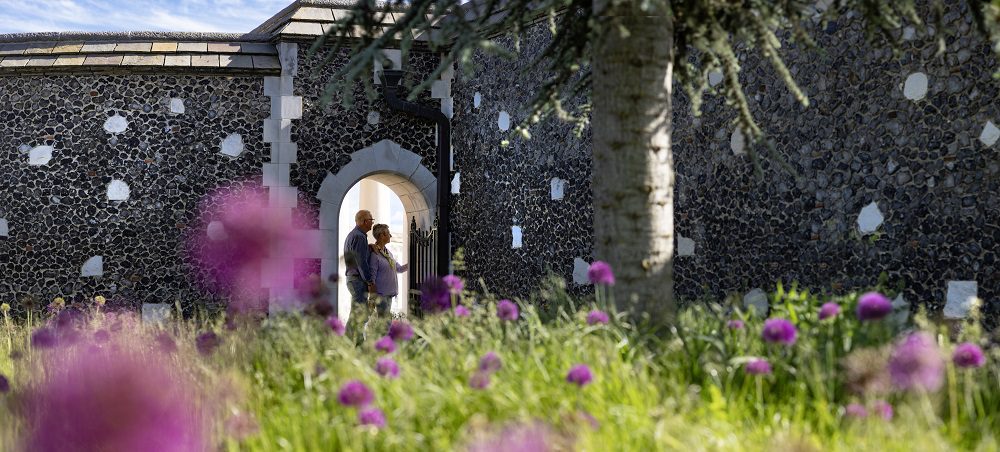A purple carpet of 50,000 allium flowers is blooming across the battlefields of Flanders Fields, including key Australian, Commonwealth, French, Belgium, German and memorial sites of all nationalities, as a symbol of international unity.
Australian battlefield historian Mat McLachlan said: “More than 100 nations worldwide were involved in World War One, and those who gave their lives from all countries are remembered on the Western Front. Counted among the Commonwealth forces were Indian, the West Indies, Canada, South Africa as well as Australia, New Zealand and the British. Looking at the Allies, nations included France, Belgium, Italy, Greece, Russia, Poland, Serbia, Portugal, Montenegro, Rhodesia, Romania, and then the United States. Many other nations supported the Allies, including the Chinese Labour Corps, together with other African, European and South American countries.”
“The Great War was truly a world war, and it is incredibly important to remember the international impact this had, and that this war was fought on the frontlines – by the armed forces on land, sea and in the air, as well as by medics and nurses, labourers, communications service people, cooks and more, as well as by those at home – involved in industry supporting the war effort, and fighting to keep families, businesses and communities operating.”
The purple flowers can be seen from Tyne Cot Cemetery – the largest Commonwealth war cemetery of the Western Front with near 12,000 graves, including 1369 Australians – to Langemark’s German Military Cemetery, and from the Ossuaire mass grave in Kemmel with the bodies of over 5000 French soldiers, to the Belgium Yser Memorial in Nieuwpoort, and more – unifying the hundreds of cemeteries and memorials across Flanders.
For more information about the 50,000 Alliums peace project, including a map of the sites, visit: https://www.toerismewesthoek.be/en/landscapes/50000-flowers
Flanders is the Dutch-speaking northern portion of Belgium, bordering the northernmost part of France. During WWI, Australian battalions served on the frontlines throughout Flanders and this region was the site of one of the bloodiest battles in our nation’s history – the Battle of Passchendaele. Today, Flanders is a rich, vibrant place to visit inviting guests to explore battlefield history, the region’s medieval beginnings, culture, nature, culinary experiences and more. www.visitflanders.com
Mat McLachlan Battlefield Tours is a partner of VISITFLANDERS, collaborating with this significant Australian battlefield region to highlight what travellers can see and do today when visiting Flanders. www.battlefields.com.au




















